-
Posts
2.067 -
Joined
-
Last visited
-
Days Won
52
Posts posted by Genava55
-
-
2 minutes ago, Stan` said:
What links are you talking about exactly?
For example this message, I am pretty sure to have put the links of several FB groups talking about Celtiberians, Iberians etc.
The same for this one: https://wildfiregames.com/forum/topic/23996-iberians-celtiberians-lusitans-reference/?do=findComment&comment=402924
-
21 hours ago, soloooy0 said:
It is an interesting article starting from Koch&Cunliffe view of the Celtic language originating in the West but this view got profoundly destroyed by recent genetic analysis.
R1B comes clearly from a population related to the steppes in the East. This population replaced the entire male lineage, we found no surviving Y-chromosomes from the previous Neolithic population.
https://www.nationalgeographic.com/science/2019/03/ancient-iberians-dna-from-steppe-men-spain/
Furthermore, the most common view among linguists is that Lusitanian is NOT a Celtic language.
-
LOS CASTROS Y LAS GUERRAS LUSITANAS CAP3
El Legado Celta en España~Canal Historia España.
El Legado Celta de Galicia | Documental
Los pueblos celtas en la península ibérica | Gonzalo Ruiz Zapatero
Castros de la Edad de Hierro en el área noroccidental(...)
La indumentaria de la Edad del Hierro en la Península Ibérica
PUEBLOS GUERREROS DE NAVARRA - Guía arqueológica de los castros la Edad del Hierro de Navarra.
Castro Celtibérico de CASTIL DE GRIEGOS. Checa (Guadalajara)
-
 1
1
-
-
@Stan` Is it possible to get back the facebook links, at least as url and not embedded? By editing the message, I cannot see the raw code to get them back.
-
-
3 hours ago, Stan` said:
With C or K ?
C, it is more coherent with the other names.
There are several ways to write the sound K from Gaulish, Europa Barbarorum choose to write it with "K", I prefer to use a Latin transcription with the letter "C" like we found it in Gallo-Roman inscriptions.
Examples: Kingetos or Cingetos.
-
5 hours ago, Stan` said:
@Genava55 do you have a specific name for the Carnyx player?
Carnyx is a hapax but it should be karnus/carnus or karnuxs/carnuxs for the instrument. So I would say Carnucos (karnukos).
-
-
22 hours ago, Nescio said:
I'm most interested in its city walls, sun-dried mud-brick is highly unusual north of the Alps, to the best of my knowledge.
Indeed, this is unique. Could be Greek, Etruscan or even Iberian influence. What's impressive as well is the multiple destruction seen in the soil layers.
-
17 hours ago, Stan` said:
Where was this when I made the briton wonder. What about the timeframe? It seems really roman
I didn't know it existed, and I didn't find any references, probably something in German, but I can't find it.*
Heuneburg is a major place at the end of the Hallstatt period. It is not directly the La Tène culture but at least this is Celtic and since the British still use chariots during the entire iron age, it could be ok. Anyway your British wonder is good enough.
*actually just find a video about the place, I will see if it is helpful to get something in google scholar
-
On 08/10/2020 at 11:40 PM, Genava55 said:
In many of their rites as well as in their art, the Celts were inspired by their neighbors south of the Alps - the Etruscans as well as the Greeks. A few kilometers from the Heuneburg, they leveled a rocky spur. In addition to its ritual functions, this plateau hosted chariot races. At least that is what archaeologists assume.
Still a bit empty in the way 0ad depict any building, but it could be a candidate for wonder (Britons or Gauls).
-
 1
1
-
-
Very useful resource for classical texts: https://topostext.org/
-
https://www.amazon.com/Army-Ptolemaic-Egypt-323-Institutional/dp/1473833833
The Army of Ptolemaic Egypt 323 to 204 BC: An Institutional and Operational History
A study of the Ptolemaic army as an institution reconstructed through a wide range of ancient sources, from histories to documentary papyri and inscriptions to archaeological finds.
The Ptolemaic Dynasty ruled Egypt and much of the eastern Mediterranean basin for nearly 300 years. As a Macedonian dynasty, they derived much of their legitimacy from military activity. As an Egyptian dynasty, they derived much of their real wealth and power from maintaining a secure hold on their new homeland. As lords of a far-flung empire, they maintained much of their authority through garrisons and the threat of military action. To achieve this they devoted much of their activity to the development and maintenance of a large army and navy.
This work focuses on the period of the first four Ptolemies, from the acquisition of Egypt after the death of Alexander the Great to the great battle of Raphia more than a century later. It offers a study of the Ptolemaic army as an institution, and of its military operations, both reconstructed through a wide range of ancient sources, from histories to documentary papyri and inscriptions to archaeological finds. It examines the reasons for Ptolemaic successes and failures, the causes and nature of military change and reform, and the particular details of the Ptolemaic army's soldier classes, unit organization, equipment, tactics, and the Ptolemaic state's strategy to compile a military history of the golden age of one of the classical world's significant forces.About the Author
Paul Johstono gained his PhD from Duke University, North Carolina, USA, with a thesis on Hellenistic military institutions. He is an Associate Professor of Military History and Security Studies at the Air Command & Staff College, Maxwell Air Force Base, where he designs and teaches leadership and ethics curriculum. He was previously Associate Professor for History of Warfare and Leadership Studies at The Citadel in Charleston, South Carolina. He was formerly lead project historian for the video game team, Europa Barbarorum. He has published numerous articles and book chapters on Hellenistic military history, Ptolemaic history, and ancient historiography, but this is his first monograph. He regularly speaks on ancient warfare, leadership, and strategy. He resides in Wetumpka, Alabama, USA, with his wife and three children.-
 1
1
-
-
-
I don't think there are issues using it as an inspiration since it is itself based on other works and drafts made by historians (see my previous posts).
-
-
https://www.facebook.com/100012838423998/videos/1102200163551254/
https://www.facebook.com/100026302477328/videos/508849780001767/
https://www.facebook.com/ChineseArmorArt/posts/160443012451052
(btw it is sad that older embedded links from facebook cannot be seen anymore, if at least it appeared as url it could be useful)
-
-
Ladakh seems an interesting location for examples:
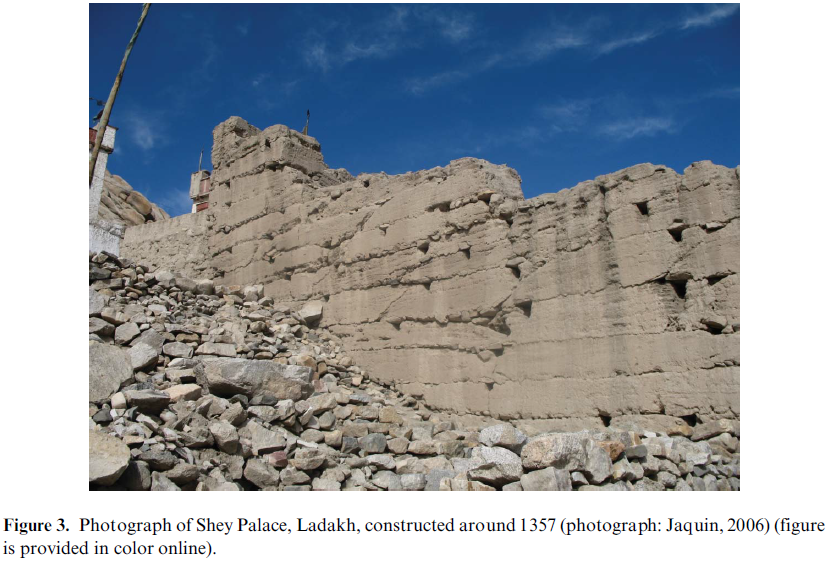
Edit:
https://www.earth-auroville.com/traditional_rammed_earth_en.php
-
 2
2
-
-
An example of Middle La Tène sword and belt
-
Maybe the walls are inspired by "Les voyages d'Alix : La Chine" comic book.
Otherwise, great thread.
-
https://www.facebook.com/watch/?v=669806113840562
https://www.facebook.com/watch/?v=164590458264388
@Stan` Facebook post cannot be embedded now?
-
 1
1
-
 1
1
-
-
-
I must express some nuance regarding the discussion, history (aka the field of study) is not sexist but the "object of study" are human societies and human societies were very sexist for a long time. So the role of the women in past societies is far less known and recognized.
Furthermore, AoE and other RTS are inheriting a culture built from wargaming. The scope of this kind of RTS is really restrictive, think about it, primary production and military forces. There is little room for anything not revolving around physical violence and industrial exploitation of the resources. Which further ostracize women and other civilians in the RTS.
There is a physical dimorphism between men and women but that's not really the origin of the ostracization of women in RTS. The issue is the scope of such RTS where everything revolves around heavy physical activities and violence. Violence is the realm of the men, this is one of the strongest bias in the society. Most crimes are made by men and most of the physical violence is caused by men.
The issue of this restrictive scope is not only causing difficulties about portraying women but also anything else not revolving on violence. Religion for example. Religion is a very very very important aspect of ancient societies and yet, how it has been portrayed by 0AD (or AoE)? Healing. As a support to the other real forces of the game: productive forces and military forces.
Fundamentally, playing RTS and other strategical games are similar to little boys playing with small figurines imagining they are killing each others. I don't think we should consider it more of an issue than this example. This is mature boys playing with numeric figurines, there is no issue with girls playing the game but I think that if we question this kind of complex issue (portraying fairly women role in society), the basic core of rules and concepts on which the game is built became questioned as well. This is too much a challenge for an opensource project, already struggling with its simple goals.
Edit: so my point is simply to say that it is pointless to reach a decent portrayal of women in 0AD. It will always be insufficient or at worst clumsy.
-
 6
6
-


.thumb.jpg.b21ca1d0c15fb56b42c39b25a0a40815.jpg)
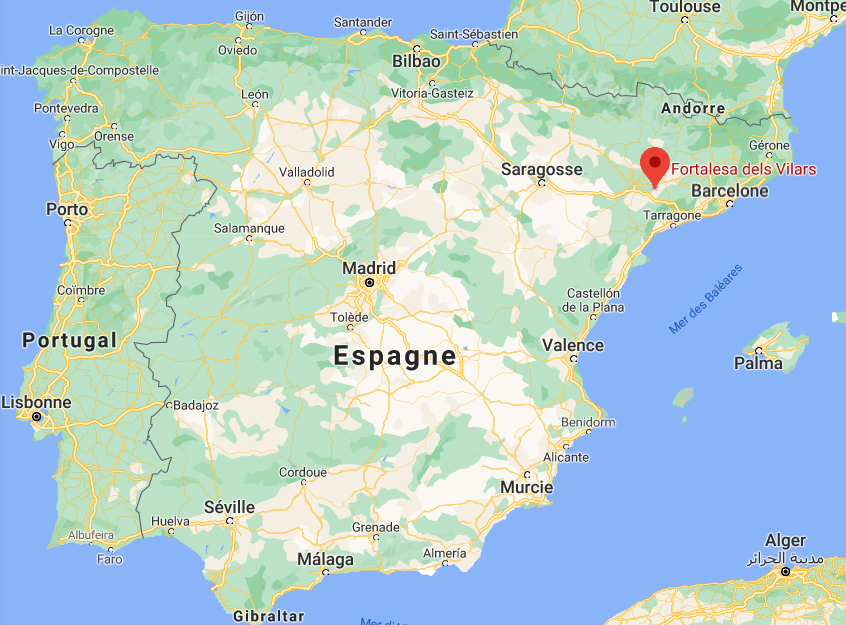
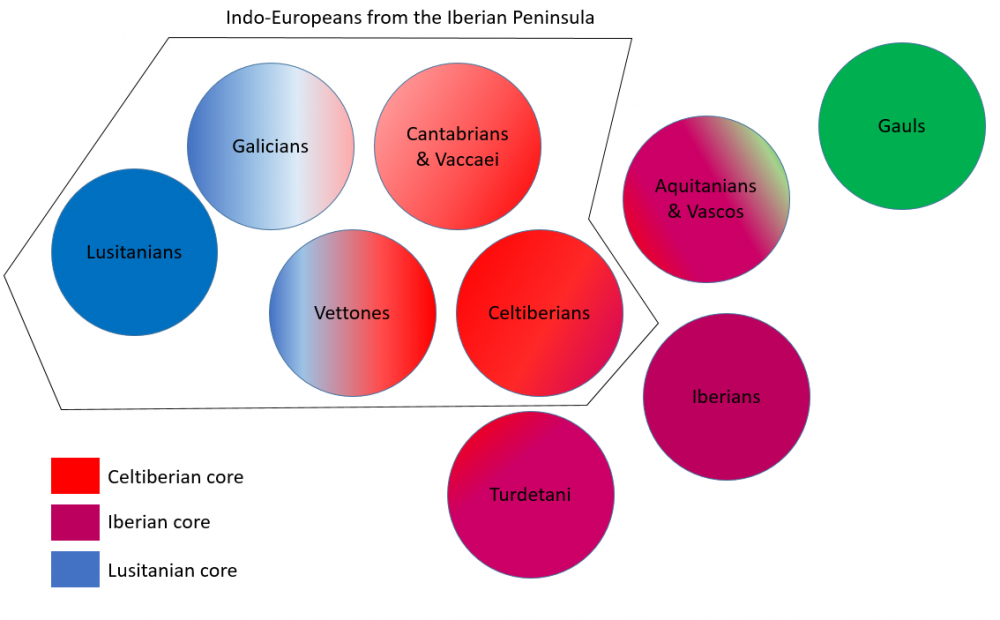



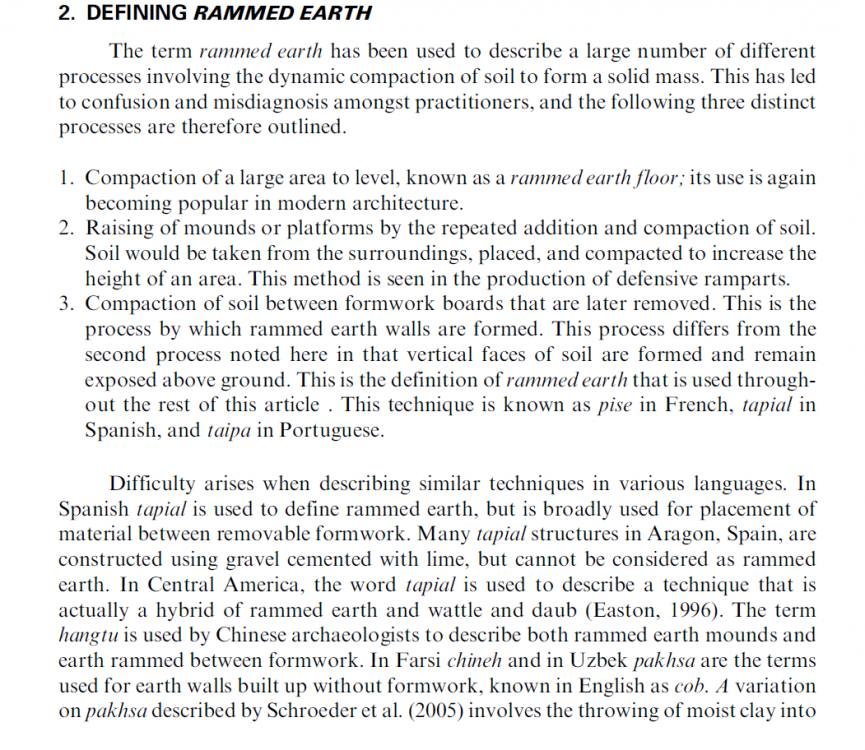
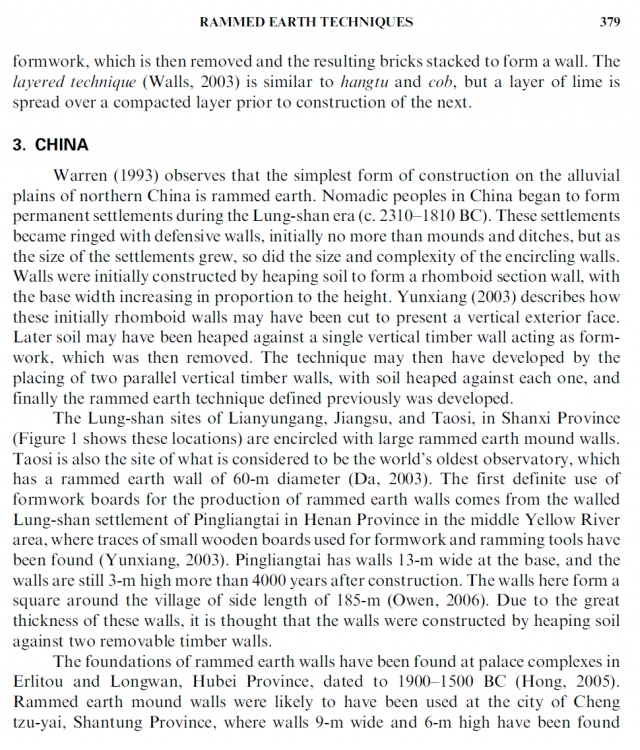
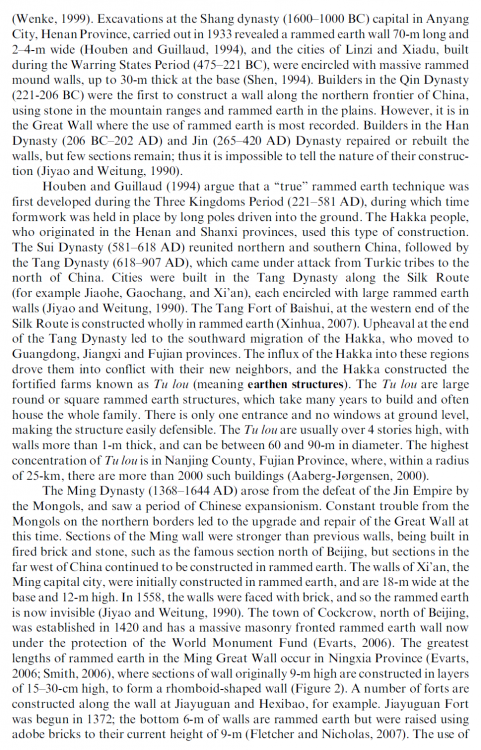
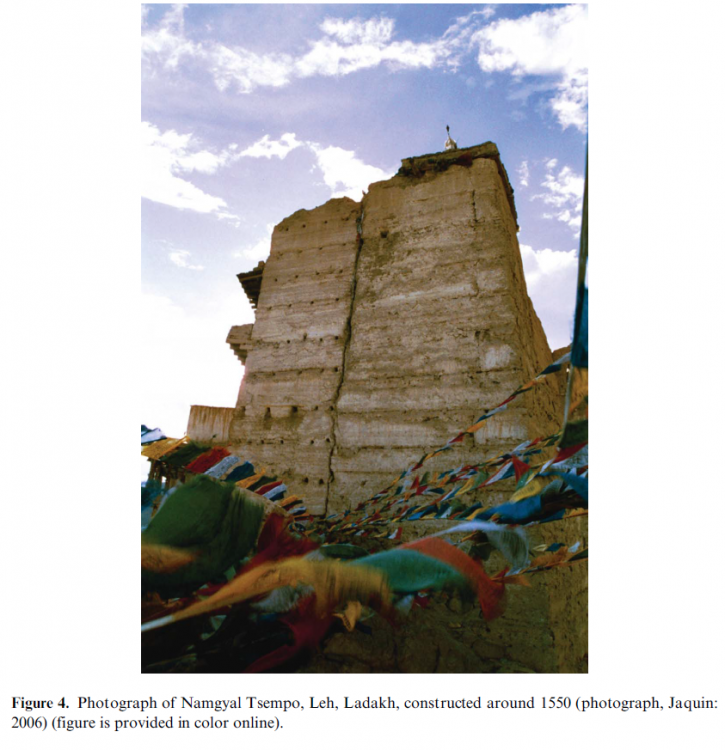

Lusitanians and extreme tactics
in Introductions & Off-Topic Discussion
Posted
https://www.almendron.com/blog/el-santuario-tartesico-de-cancho-roano/
https://es.wikipedia.org/wiki/Cancho_Roano